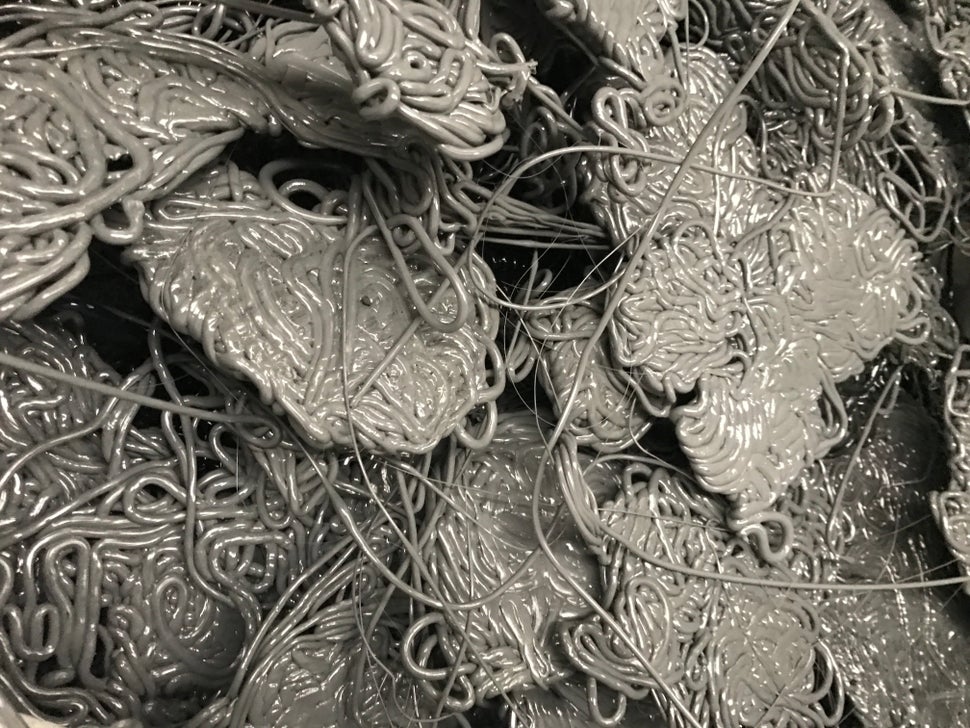
SHANGHAI — In a sparse and sprawling factory complex on the outskirts of Shanghai, thousands of tiny plastic resin pellets are shivering along narrow conveyor belts, ready to be transformed into something new.
The dark pellets are unremarkable at first glance, resembling any plastic granule used for manufacturing. But follow their journey from consumer to conveyor belt, and their significance — particularly for the world’s burgeoning electronic waste crisis, and what companies and their customers can do to address it — becomes clear.
The pellets are made from a blend of virgin plastic and the recycled product of some of the millions of pounds of e-waste that Dell, the American computer giant, collects from consumers every year.
In 2017, Dell said it gathered more than 177 million pounds of used electronics from people in 83 participating countries and territories. If you were one of these consumers, this Chinese factory ― run by Dell’s Taiwanese recycling partner, Wistron Corp. ― might be where parts of your old laptop or PC ended up.
Here, at Wistron’s factory, plastic recycled from e-waste is used to make parts for new Dell computers and laptops in a process known as “closed-loop recycling” ― essentially the reusing of a recycled product to manufacture new versions of the same product. In this case, it’s the recycling of old electronics to make new.
Dell is among a growing group of technology companies that have, in recent years, embraced this type of recycling ― in part to address the ballooning problem of e-waste worldwide. Sustainability experts say closed-loop recycling, if carried out effectively at a large scale, could go a long way in mitigating the global crisis.
Every year, the planet generates some 50 million tons of e-waste — ranging from laptops and mobile phones to batteries and children’s toys ― and that number is expected to swell as populations grow and access to electronics increases. By 2021, the amount of e-waste generated globally is predicted to surpass 57 million tons.
E-waste is now the world’s fastest-growing waste stream, according to a recent report in The New York Times. That growth has not just stoked concerns about e-waste’s potential health and environmental impacts, but has also fueled interest in economic opportunities.
Computers and phones contain materials that can be salvaged and repurposed, like plastic and metals like gold and silver. In 2016, the estimated value of recoverable raw materials in discarded e-waste was more than $55 billion globally, according to a United Nations University report. As the researchers pointed out, that’s “more than the 2016 Gross Domestic Product of most countries in the world.”
As it stands, however, only a fraction of the world’s e-waste gets recycled. Shantanu Bhattacharya, a supply chain expert and professor at Singapore Management University, told HuffPost that only about 15 percent to 25 percent of the world’s e-waste is recycled or reused.
The majority of e-waste, which can also contain dangerous substances like lead, mercury, arsenic and flame retardants, ends up in landfills or is incinerated, causing toxic materials to contaminate land, water and air. In the U.S., e-waste makes up just 2 percent of landfill trash, but represents 70 percent of all hazardous waste in landfills.
